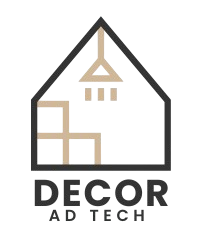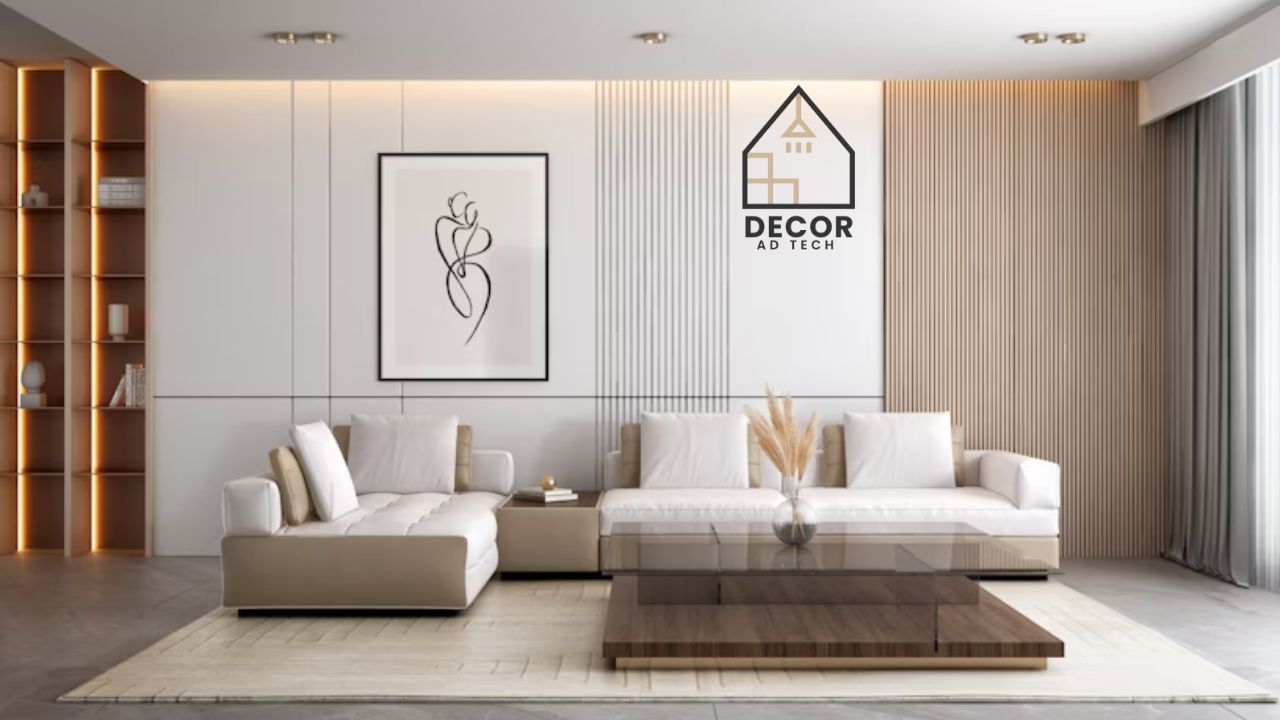Traditional interior design, a timeless style known for its warmth and elegance, remains a popular choice for many homeowners. Rooted in classic design principles, this style provides a balance between functionality and aesthetics, offering a cozy yet sophisticated ambiance. Whether you’re drawn to traditional Japanese interiors, Southern charm, or a modern traditional fusion, the allure of traditional design lies in its ability to offer familiarity and sophistication all at once.
Key Characteristics of Traditional Interior Design (Summary Table)
| Feature | Description |
|---|---|
| Focus on Symmetry | Balanced layouts and harmonious arrangements ensure visual appeal. |
| Rich Color Schemes | Neutral palettes with deep reds, browns, greens, and golds for added warmth and depth. |
| Timeless Furniture | Curved edges, detailed woodwork, and high-quality materials like mahogany or cherry wood. |
| Ornate Details | Crown molding, wainscoting, and decorative trims add elegance. |
| Layered Textures | Soft textiles like velvet, silk, and jacquard combined with textures like wood and stone. |
| Statement Lighting | Chandeliers, sconces, and table lamps often feature intricate detailing and luxurious materials. |
What Is Traditional Interior Design?
Traditional interior design refers to a classic aesthetic inspired by European décor from the 18th and 19th centuries. Often linked to historical architecture, this style prioritizes organized layouts, symmetrical designs, and curated elegance, creating spaces that feel both comfortable and luxurious.
Whether it’s the use of antique furniture, intricate woodwork, or timeless accessories, traditional interiors are about evoking charm and classical beauty. It’s a style that embraces consistency and elegance, using elements that have stood the test of time.
The History and Evolution of Traditional Interior Design
Traditional interior design traces its roots to Europe, emerging during eras like the Rococo, Victorian, and Georgian periods.
- Rococo Era (1730s–1760s)
Originating in France, Rococo interiors featured ornamental details, pastel colors, and opulent furniture. This influence is still seen in the use of intricate moldings and embroidered upholstery.
- Victorian Influence (1837–1901)
During the Victorian era, traditional design evolved with rich color palettes, heavy drapes, and an emphasis on patterned wallpapers.
- Georgian Aesthetics (1714–1830s)
Known for symmetry and proportion, Georgian designs included elegant wood paneling, polished surfaces, and antique decoration pieces.
As societies modernized, traditional elements were reimagined and blended with contemporary styles, giving rise to modern traditional and transitional designs.
Common Traditional Interior Design Styles
Explore how different cultures have defined their own unique take on traditional interiors:
1. Traditional Japanese Interior Design
- Features:
- Minimalist layouts with tatami mats, sliding shoji screens, and natural wood beams.
- Zen-inspired spaces focus on simplicity, balance, and harmony.
- Modern Appeal:
- Used in urban homes seeking calmness and compact functionality.
- Features:
2. Traditional Indian Interior Design
- Features:
- Hand-carved furniture, jharokhas (window designs), brass lamps, and vibrant textiles.
- Earthy tones combined with bright pops of color in embroidery and décor.
- User Review:
- “After incorporating traditional Indian interiors into my home, I feel an instant connection to my roots,” says Neha R. from New Delhi.
- Features:
3. Traditional Southern Interior Design
- Features:
- Plantation-inspired porches, rocking chairs, and floral prints are hallmarks.
- Warm, muted tones with rustic wood and antique furniture.
- User Sentiment:
- It carries a “charmingly nostalgic vibe” as quoted by homeowners in Charleston, SC.
- Features:
4. Traditional Mexican Interior Design
- Features:
- Detailed tilework, rustic wooden furniture, and terracotta hues are staples.
- Family-focused spaces, often centered around dining or living rooms.
- Tips for Modern Infusion:
- Adding open floor plans enhances the traditional warmth with a contemporary touch.
- Features:
5. Traditional English Interior Design
- Features:
- Chesterfield sofas, library walls with built-in bookshelves, and finely-crafted wood furniture.
- Why It Endures:
- Perfect for those aiming to combine quaintness with timeless sophistication.
- Features:
Mixing Traditional and Modern Elements
Contrary to popular belief, traditional design doesn’t have to feel outdated. Infusing contemporary elements can create stylish and versatile interiors. Here’s how:
Tips for Combining Traditional and Contemporary:
- Focus on Key Pieces
Replace heavy, ornate furniture with sleek designs that still maintain a classical touch.
- Neutral Base, Bold Accents
Use traditional neutral tones as a backdrop and add pops of modern color.
- Lighting as a Bridge
A modern chandelier over a traditional dining table blends the best of both styles seamlessly.
For example, combining a dark mahogany dining table with modern acrylic chairs can drastically update the aesthetic while preserving its tradition.
User Example:
- A Miami-based designer shared, “Choosing a traditional Persian rug to complement streamlined furniture brought charm into my space without feeling overwhelming.”
Frequently Asked Questions
Q1. What is the main appeal of traditional interior design?
Traditional interiors offer timeless beauty and balance with symmetrical layouts and elegant furnishings. It’s a safe bet for those who value comfort and classic aesthetics.
Q2. Can traditional style interior design work in small homes?
Yes, by focusing on essential elements like compact furniture, ornate lighting, and layered textiles, you can create cozy traditional spaces even in smaller areas.
Q3. How do I incorporate modern touches into a traditional setting?
Mix sleek furniture or metallic accents with traditional rugs or wood details to balance the two styles.
Q4. What colors work best for traditional interiors?
Neutral shades like beige, cream, and greys, with occasional pops of deep hues like burgundy and navy, are ideal.
Q5. Which rooms benefit the most from a traditional design approach?
Living rooms and dining rooms thrive in traditional styles, as their layouts naturally prioritize comfort and symmetry.
Final Thoughts
Traditional interior design is not just about aesthetics; it’s about creating spaces that reflect history, culture, and personal values. From Japanese simplicity to Southern charm, this style beautifully adapts to different influences while retaining its signature elegance.
If you’re looking to balance tradition with contemporary trends, start small—introduce statement pieces, complement with neutral tones, and experiment with lighting. Your perfect traditional-meets-modern haven awaits!
Admin Recommendation
How to Upgrade My Home Decoradtech
Decoradtech Smart Home Ideas by DecoratorAdvice
DecorAdTech Smart Home Ideas by DecoratorAdvice











